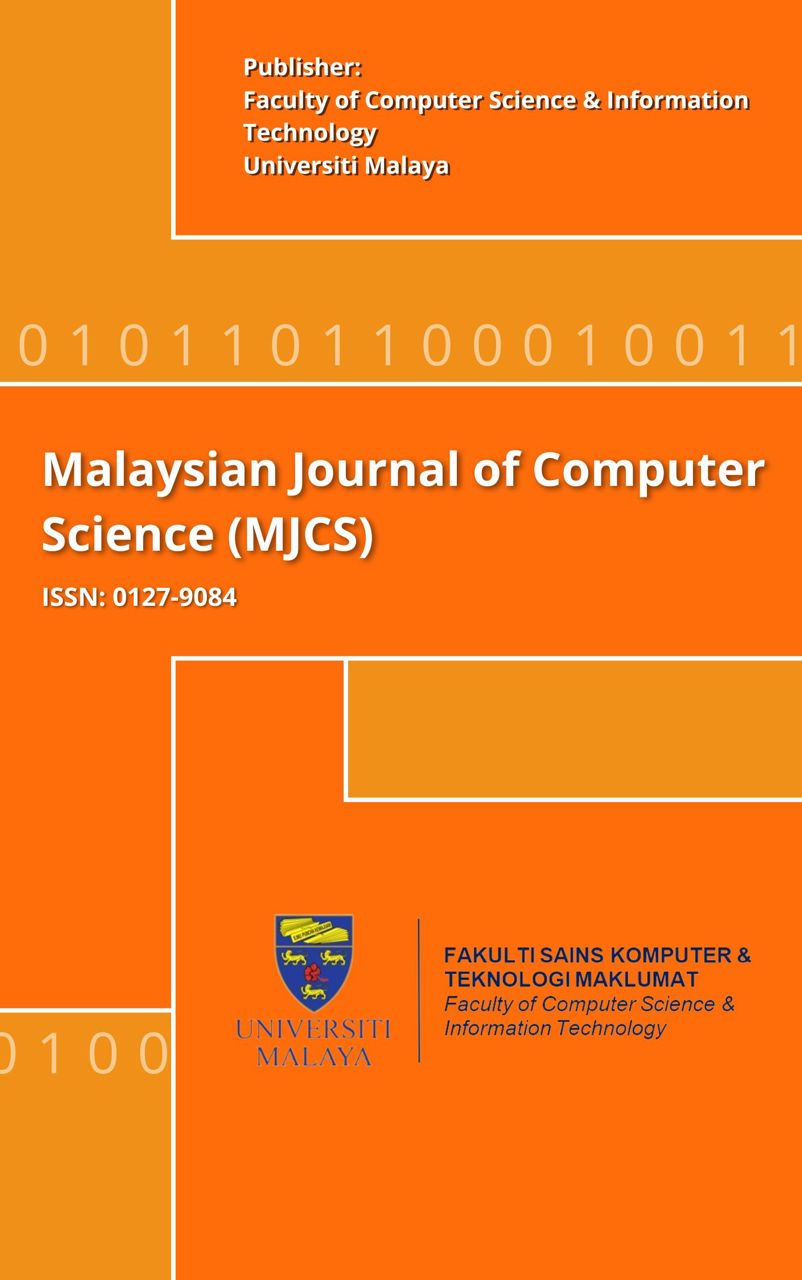REAL-TIME AUTOMATED CONTOUR BASED MOTION TRACKING USING A SINGLE-CAMERA FOR UPPER LIMB ANGULAR MOTION MEASUREMENT
Main Article Content
Abstract
Upper limb angular motion measurement is particularly a subject of interest in the field of rehabilitation. It is commonly measured manually by physiotherapist via goniometer to monitor stroke patient’s progress. However, manual measurement has many inherent drawbacks such as the need to have both patient and physiotherapist to be at the same place. In this paper, an automated real-time single-camera upper limb angular motion measuring system is proposed for home-based rehabilitation to aid physiotherapist to monitor patient’s progress. The measurement of concern are angle measurement of elbow extension, elbow flexion, wrist flexion and wrist extension. To do this, we propose a method that utilized predefined coordinate points extracted from the contours of the object named as contour based motion tracking. The proposed method overcome problems of prior target tracking techniques such as Kalman filter, Optical flow and Cam-shift. The proposed method includes skin region segmentation and arm modelling for motion tracking. Prior skin segmentation techniques suffer from fixed threshold value set by the user. Therefore, we introduce dynamic threshold based on the lower and upper threshold boundary of isolated skin regions from the background. To ensure the reliability of our skin segmentation method, we compare them with four different related algorithms. The result shows that our skin segmentation method outperformed the prior method with 93% detection accuracy. Following the segmentation, we model the arm motion tracking by formulating mathematical equation of various points and motion velocities to track the arm. We then model the wrist and elbow position to estimate arm angular motion. The method is put together and tested with real human subject and other test settings. The result shows that our proposed method able to produce an accurate and reliable reading of +-1.25 average range of error from actual physiotherapist reading.
